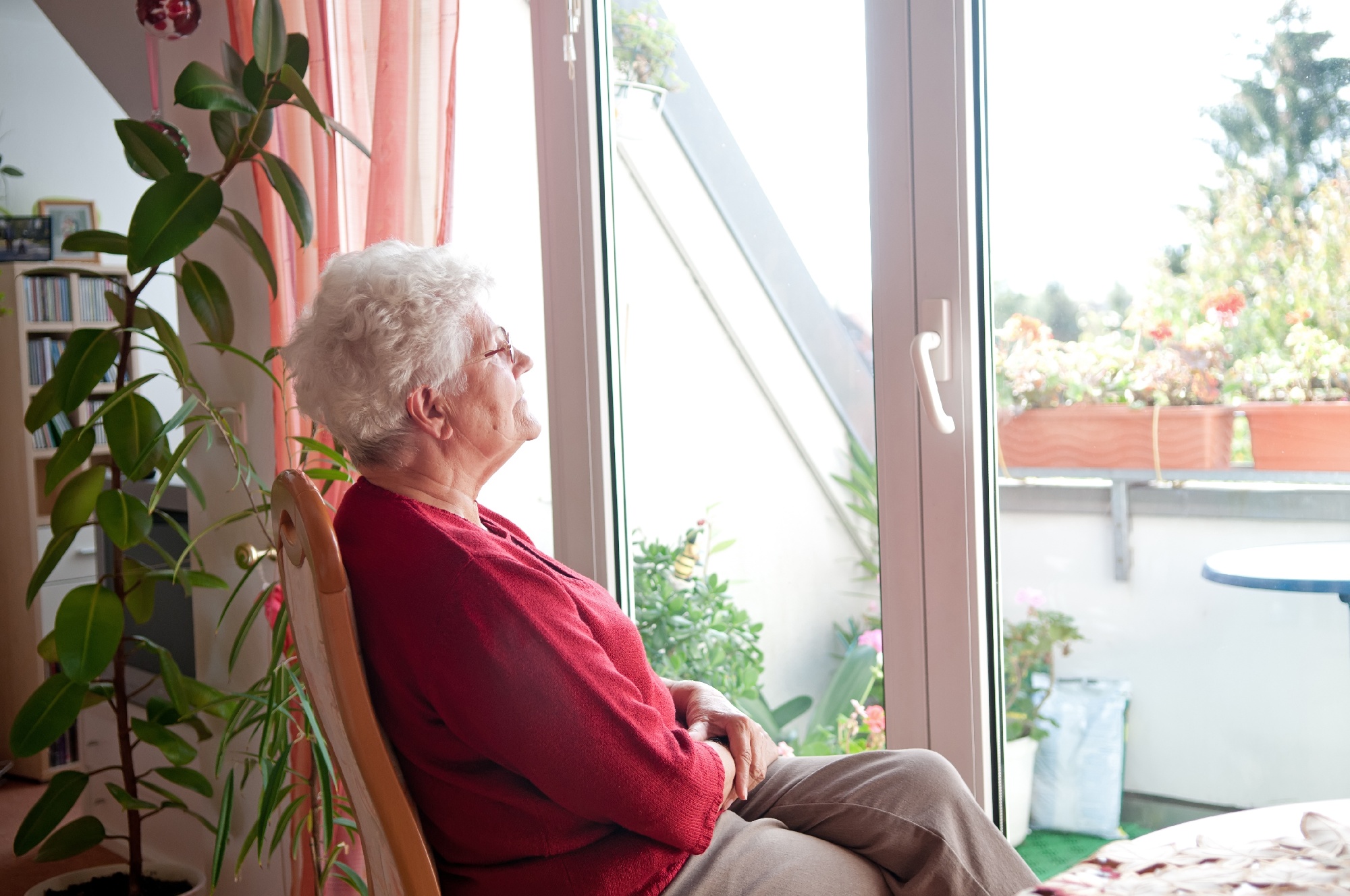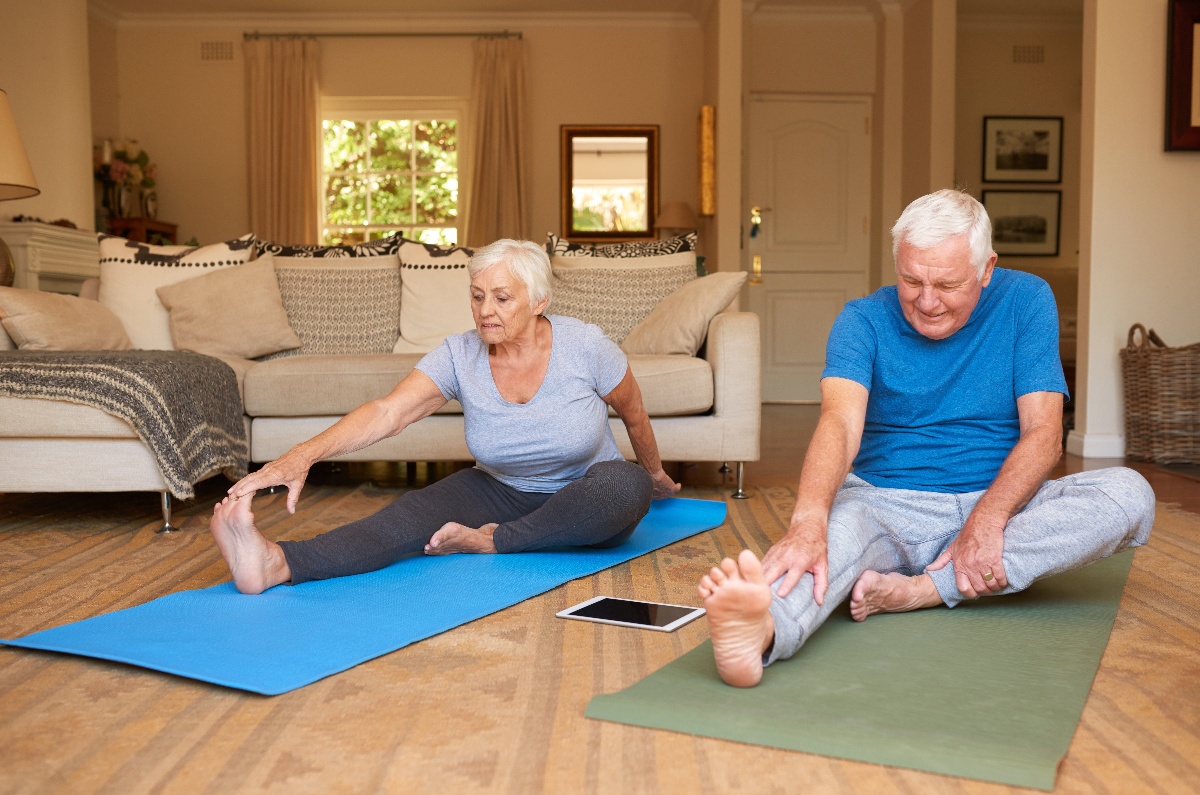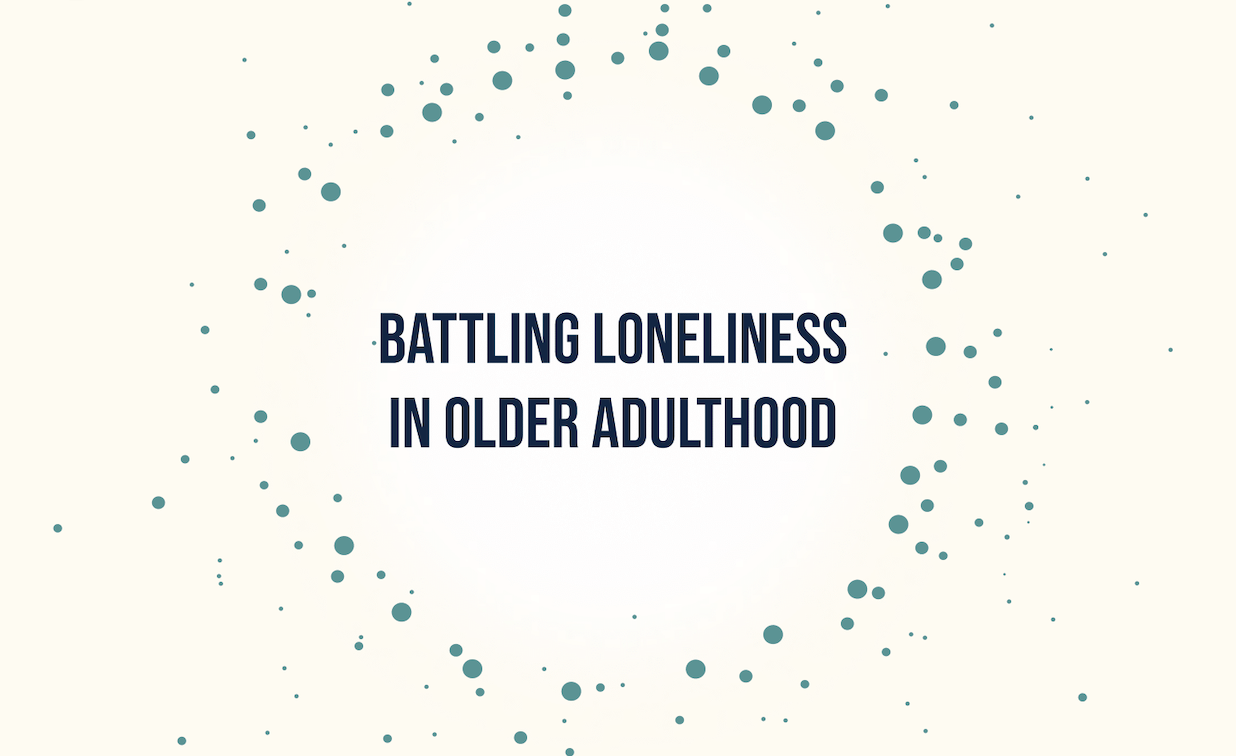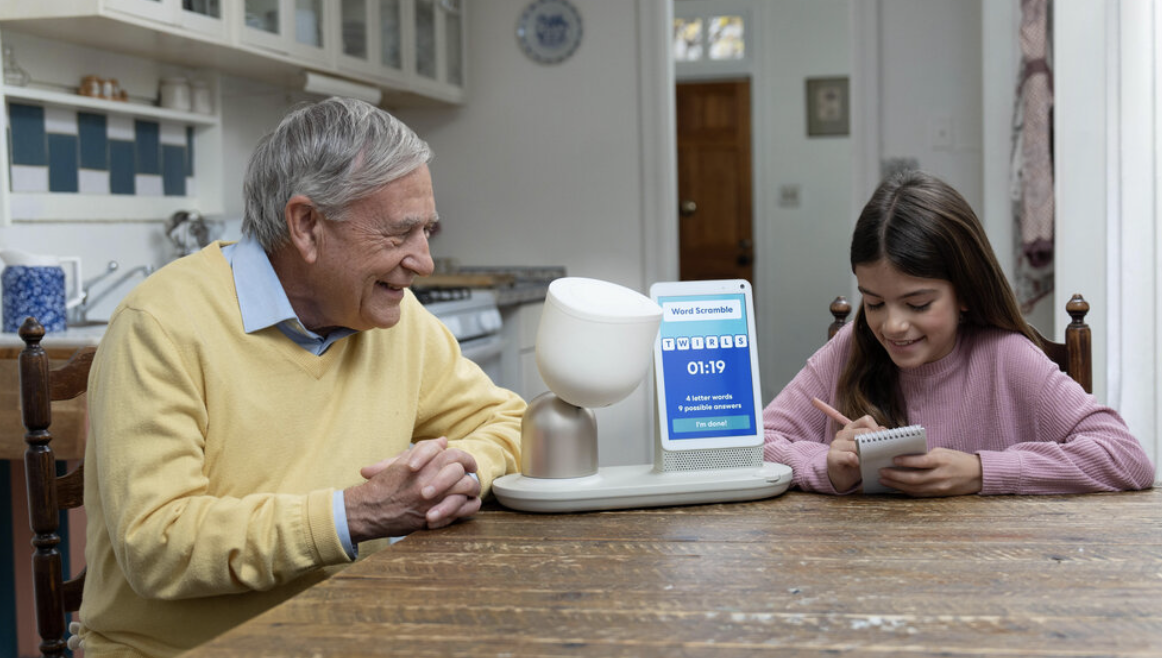Aging in Place: Why It's More Important Than Ever
October 28, 2019 by Intuition Robotics Team
All across the planet today, there’s an overwhelming trend of aging populations throughout a number of countries - meaning a substantial portion of a country’s population is over the age of 65. From Japan and Italy to Portugal, Germany, and all across Europe, seniors now comprise a bigger demographic than ever before around the globe, and those numbers are only expected to keep on steadily climbing. In fact, the UN’s data predicts that by 2050, 1 in 6 people on earth (about 16%) will be over the age of 65.
Why is this data so alarming? For one, adequately supporting this sheer volume of older adults presents an enormous challenge - financially, emotionally, physically and otherwise - for older adults themselves, as well as their loved ones, caretakers, and healthcare providers. While crafting feasible solutions for this major societal shift is no easy feat, one potential option that’s quickly gaining popularity is the concept of aging in place.
Essentially, aging in place is just as it sounds - the process by which an individual going through the aging process makes the conscious choice to live at home for as long as possible, rather than moving into an assisted living facility or to live with family full-time. By electing to stay on their own, in their original residence, older adults are thus empowered with independence, convenience, comfort and ease, which can immensely facilitate the aging process.
To reap the full benefits of aging in place does require a concerted effort, including proper awareness, planning, and communication throughout the entire duration of the process. Yet when carried out effectively, the outcome can be truly remarkable. Let’s take a closer look at aging in place - the major pros and cons, why it’s important, and how we can begin to incorporate it on the global scale in the near future.
Why aging in place is more important than ever
 Up until this point, we as a society still tend to focus on the negative aspects of aging - including what abilities people are continuously losing as they age, the deterioration of mental and physical health, inability, and otherwise. Expelling seniors from their homes, forcing them to prematurely rely on someone else full-time excludes them from partaking in the healthy, empowering activities that daily life on their own entails, which certainly doesn’t help.
Up until this point, we as a society still tend to focus on the negative aspects of aging - including what abilities people are continuously losing as they age, the deterioration of mental and physical health, inability, and otherwise. Expelling seniors from their homes, forcing them to prematurely rely on someone else full-time excludes them from partaking in the healthy, empowering activities that daily life on their own entails, which certainly doesn’t help.
We clearly aren’t giving older adults the credit they deserve, and it’s time for a dramatic change in our perspective. After all, growing older is a unique, extraordinary chapter in life that should be celebrated, and embraced with full tenacity.
Keeping older adults in their own homes, with the independence and surroundings they’ve grown to cherish, ultimately keeps them active, engaged and thriving in their community for as long as possible. HUD research indicates that aging in place can provide a tremendous level of health, social, and emotional benefits. Additional benefits include a greater sense of comfort, familiarity, community, sentimental value, reduced financial strain, and more.
Challenges to bear in mind
 While there are undoubtedly enormous benefits to aging in place, carrying out the process can be much easier said than done. Some of the more substantial challenges to be aware of as you devise an aging in place strategy include the following:
While there are undoubtedly enormous benefits to aging in place, carrying out the process can be much easier said than done. Some of the more substantial challenges to be aware of as you devise an aging in place strategy include the following:
- Physical limitations. Unfortunately, over the years there inevitably will be some things you or your loved one(s) are unable to do at home. Thus, be sure to consider any safety hazards, physical concerns (like steep stairs or uneven flooring), and the fact that in time, you or your loved one(s) may require the help of a full-time in-home caregiver.
- Loneliness. As we noted in our previous post, living on one’s own can become extremely desolate and lonely. Because aging in place can be a much more isolated lifestyle, you’ll need to take necessary action to ensure that all social needs are fulfilled. Some popular choices to help stay socially active include senior centers, volunteerism, and weekly game or book clubs.
- Getting around. Whether you or a loved one are unable to drive, access public transit, or walk around easily, it’s important to take this into account and plan accordingly. Consider taxis and/or ride sharing, walkers or wheelchairs, transit cards, or otherwise.
- Boredom. While stability at home can be fulfilling, a lack of variety or stimulating activities at home can quickly become blasé, especially for older adults with visual impairment. Technology can be a huge help, particularly with hands-free entertainment options like music, podcasts, audiobooks, or educational video content.
All this being said, if you’re thinking about aging in place for yourself or someone you love, it’s incredibly vital to address any concerns as openly and honestly as possible with all parties involved, and to bear these hindrances in mind. This way, you can devise a thoughtful, proactive strategy that suits everyone’s individual needs. For a complete guide to caring for elderly parents with more helpful ideas, we encourage you to check out our comprehensive checklist.
ElliQ: Facilitating happier, healthier aging at home
To help ease some of the friction that can arise throughout the aging process, along came ElliQ, the sidekick for happier aging. How exactly does ElliQ fit into all of this? It’s pretty simple - we designed ElliQ specifically with older adults in mind, to help them stay connected, independent, entertained, and empowered at home on their own like never before.
With proactive, personalized content, reminders, and hands-free, easy-to-use technology, ElliQ makes maintaining independence around the house a breeze. ElliQ provides a means to inspire and support older adults as they age in place, to make the most out of these momentous years to come. From entertainment options like cognitive games, music and video streaming, to helpful reminders to drink water, go to the doctor, take a breather, and so much more, aging in place a lot more fun - and feasible - with ElliQ around.
Going forward: Let’s tackle aging in place head on
 Although we’re more aware of the enormous impacts of an aging population than ever, resolving the challenges encompassed with this global demographic shift certainly won’t be an easy task. As we as a society grow more aware of the aging process, the importance of empowering older adults with independence, and the immense outcomes that aging in place can have, we can sincerely hope that a dramatic shift in our perception and approach to aging is on the horizon.
Although we’re more aware of the enormous impacts of an aging population than ever, resolving the challenges encompassed with this global demographic shift certainly won’t be an easy task. As we as a society grow more aware of the aging process, the importance of empowering older adults with independence, and the immense outcomes that aging in place can have, we can sincerely hope that a dramatic shift in our perception and approach to aging is on the horizon.
The more measures and initiatives we take to address the challenges older adults face - such as consciously choosing to age in place, and encouraging others to do the same at a massive scale - the more we can start to change the dynamic, and inspire a new era of happier, healthier aging for all. In the meantime, continuing to spread awareness and inspiring those around us to make the most of this chapter in life, and continuing to maintain independence and peace of mind in the comfort of their own homes is a great place to start.
Recent posts
.png)
The benefits of an AI-driven social robot for area agencies on aging
by Intuition Robotics Team


